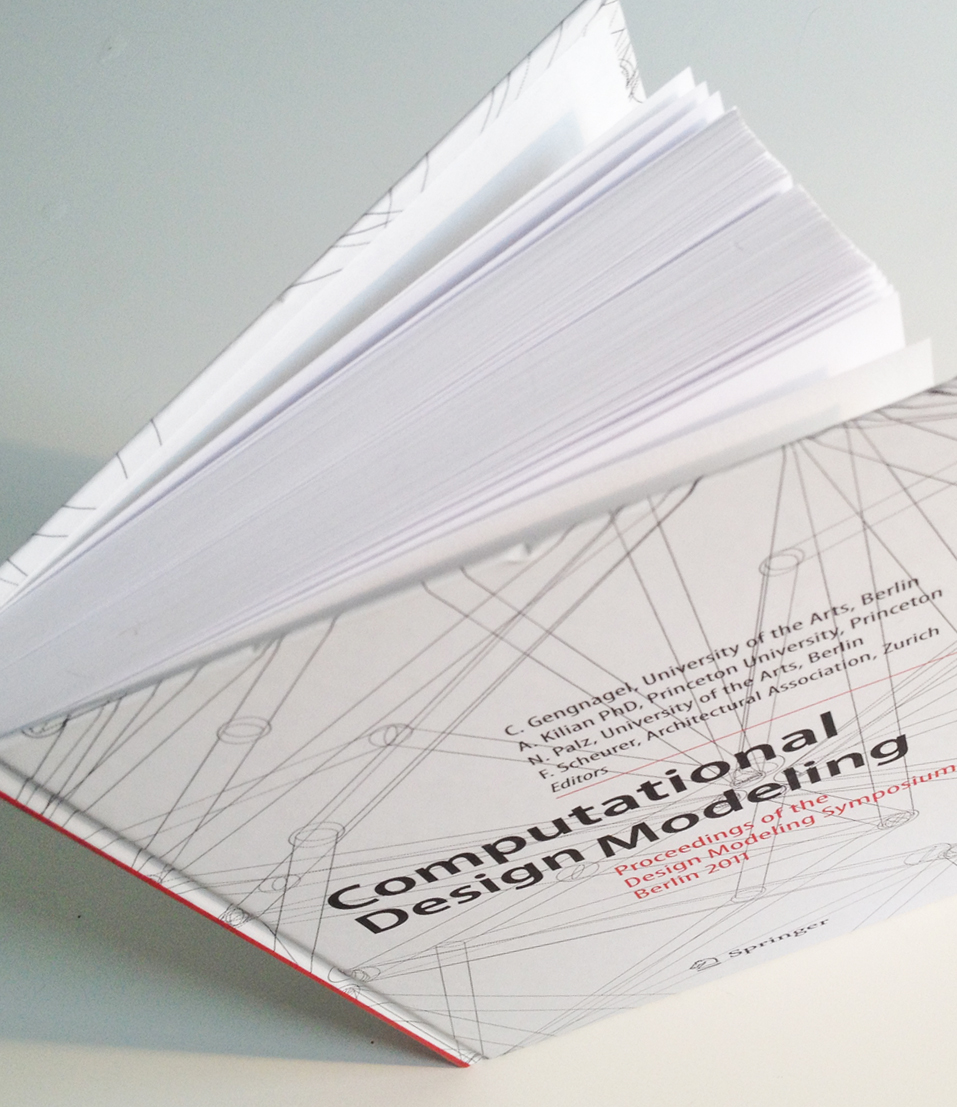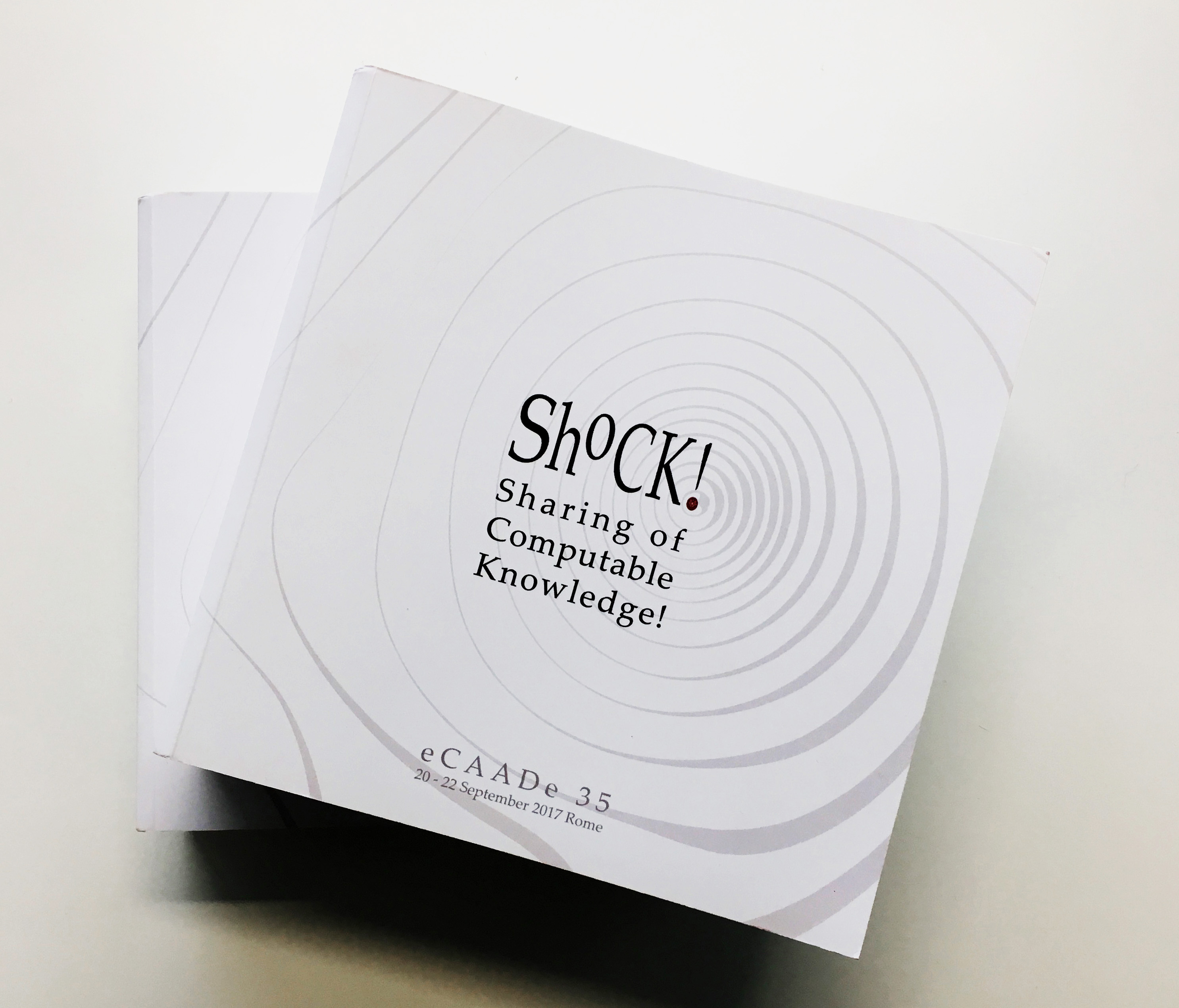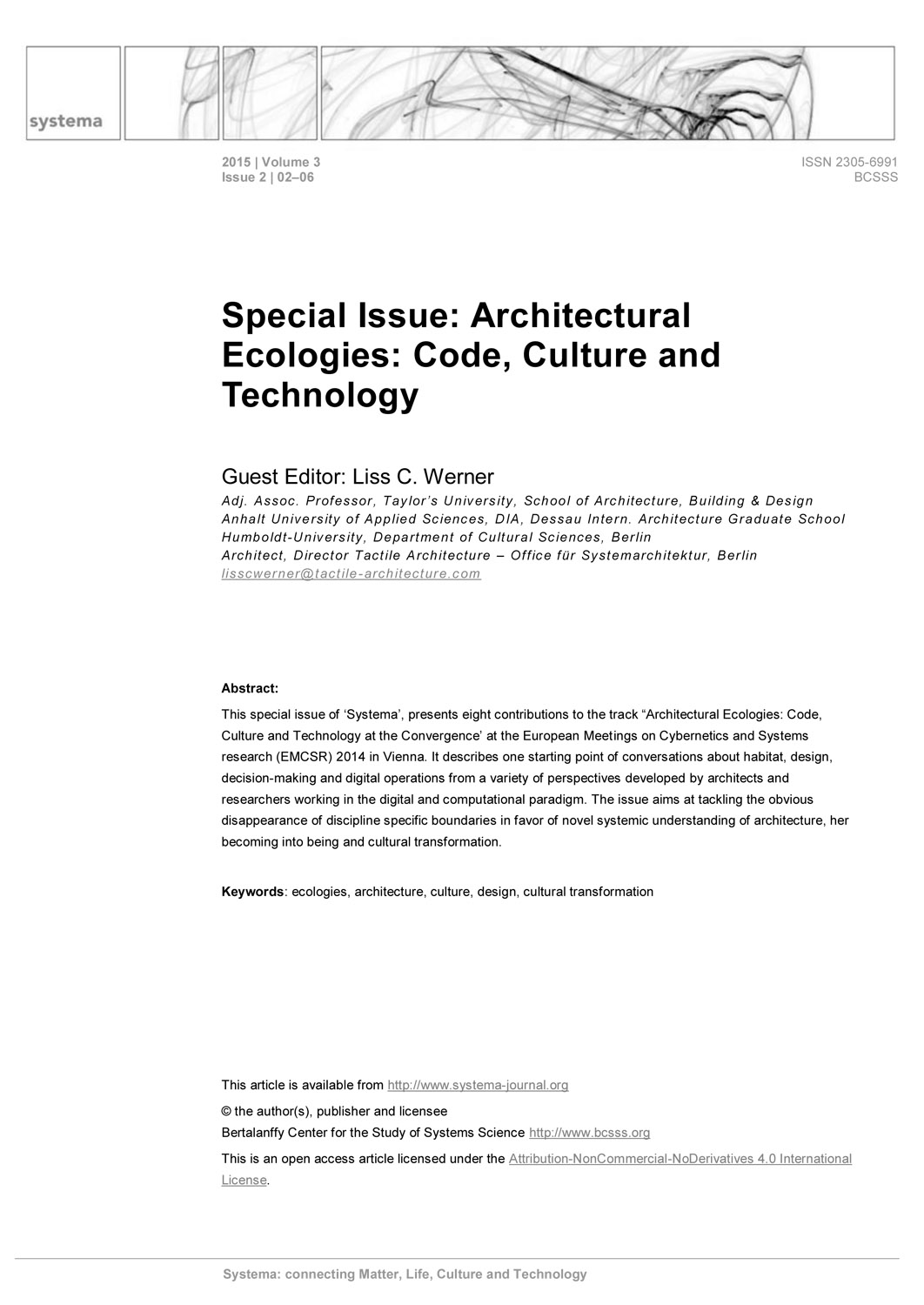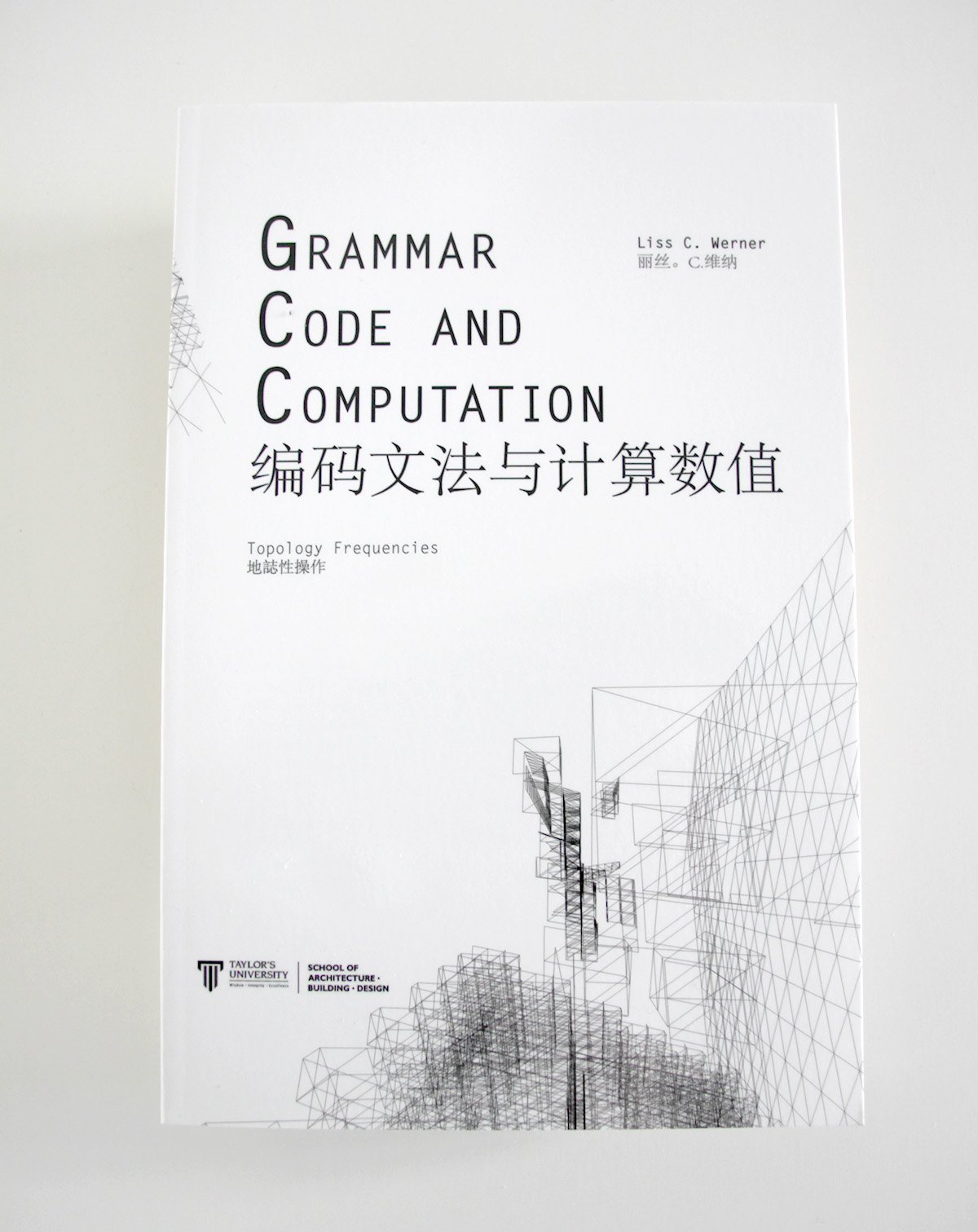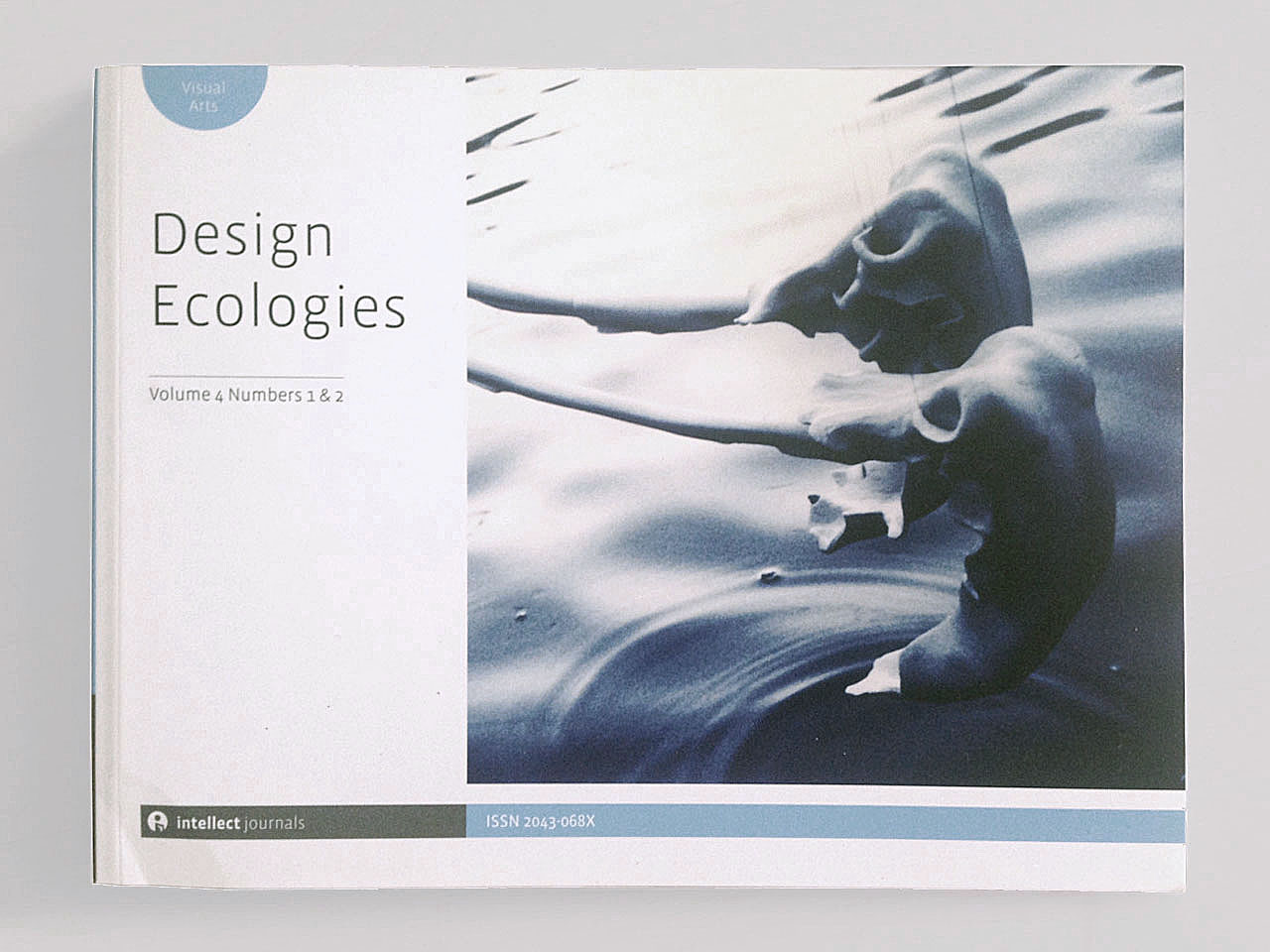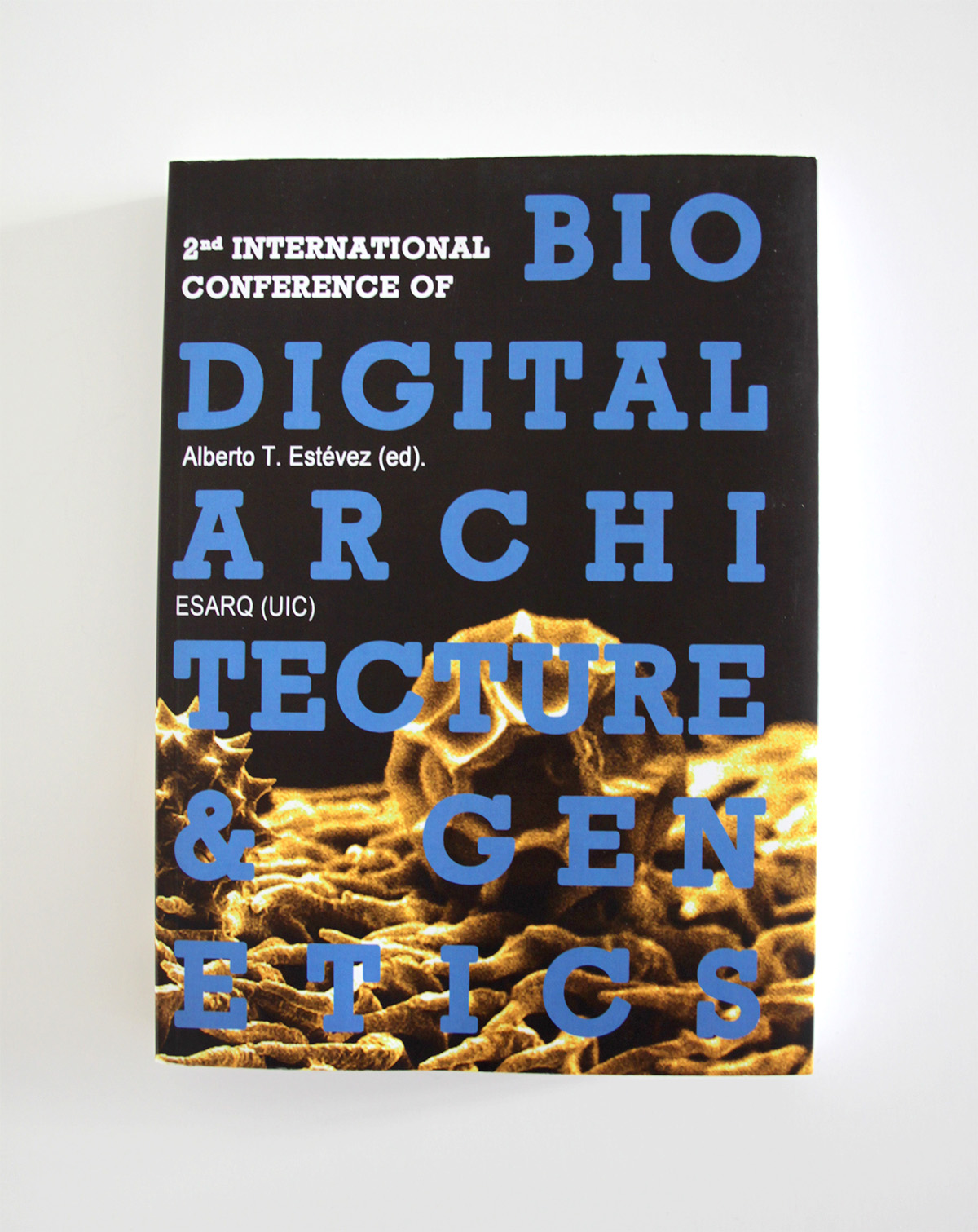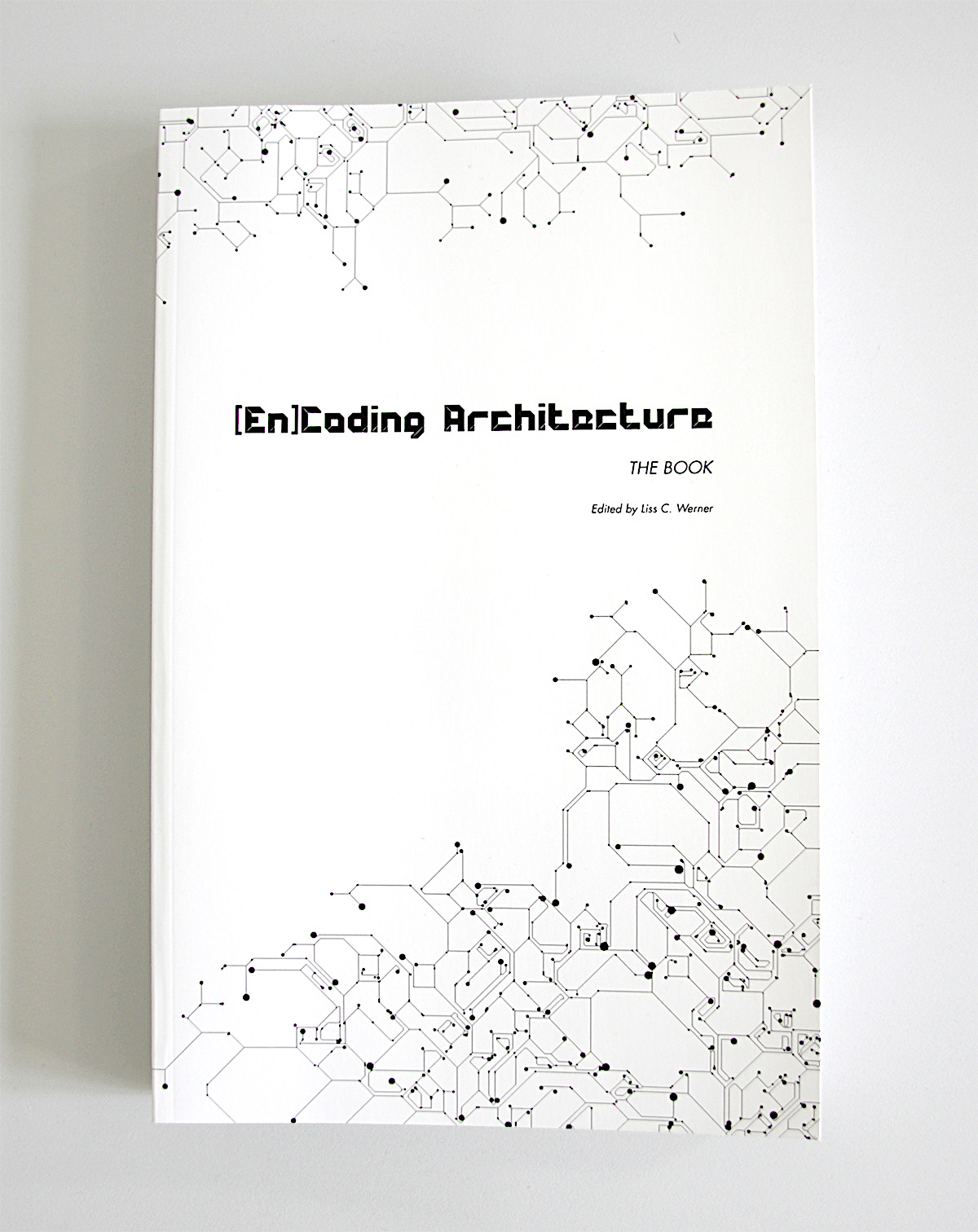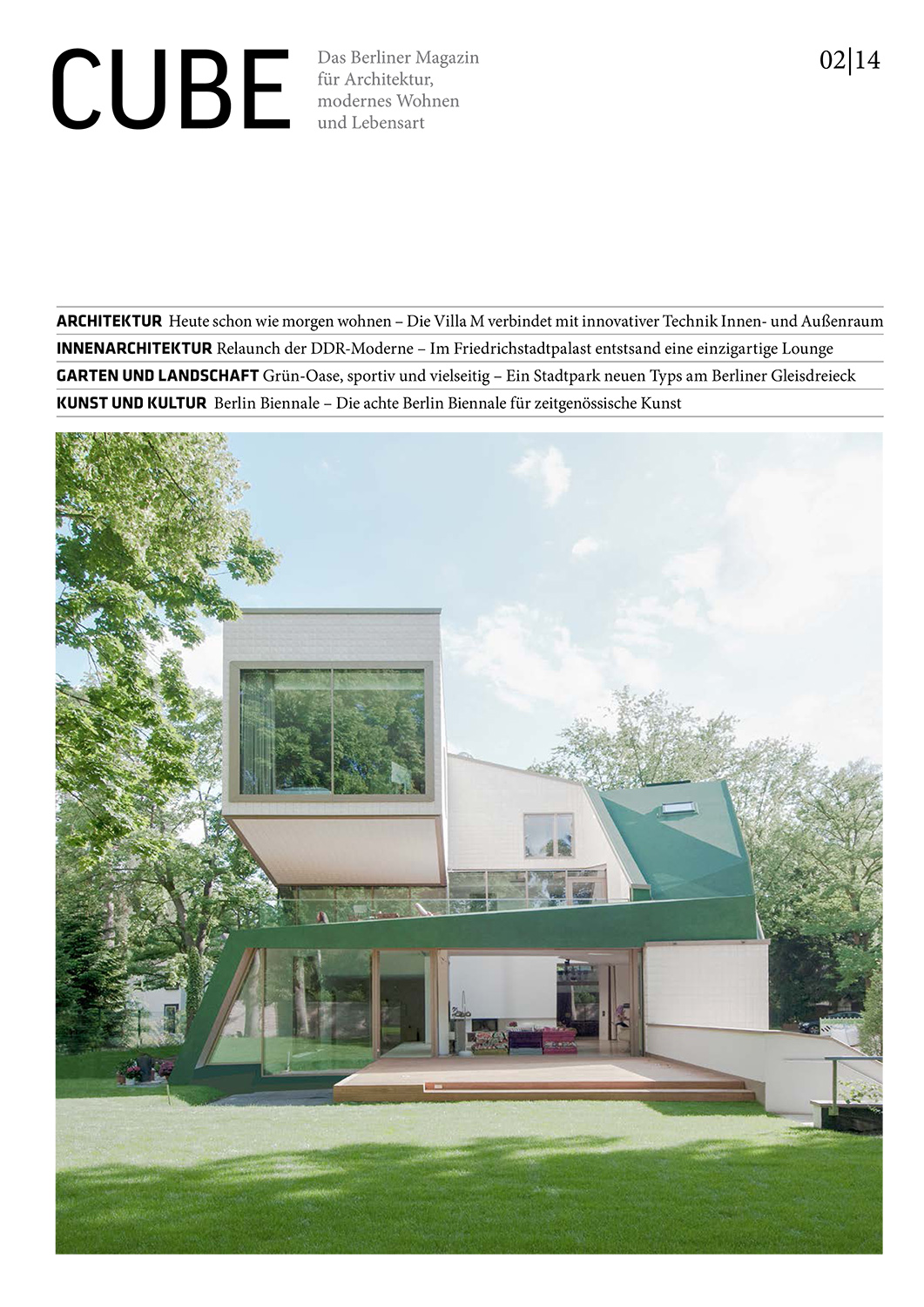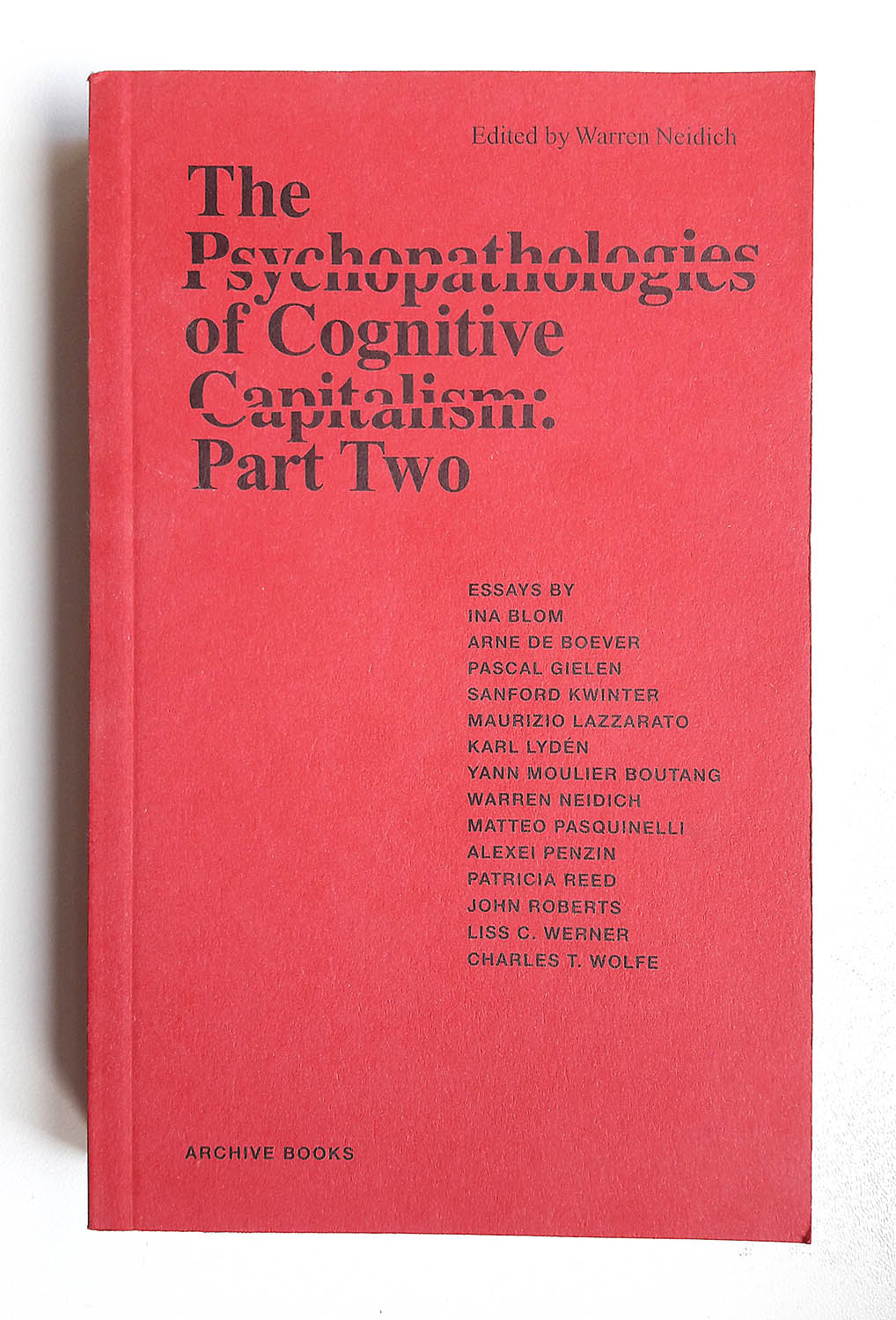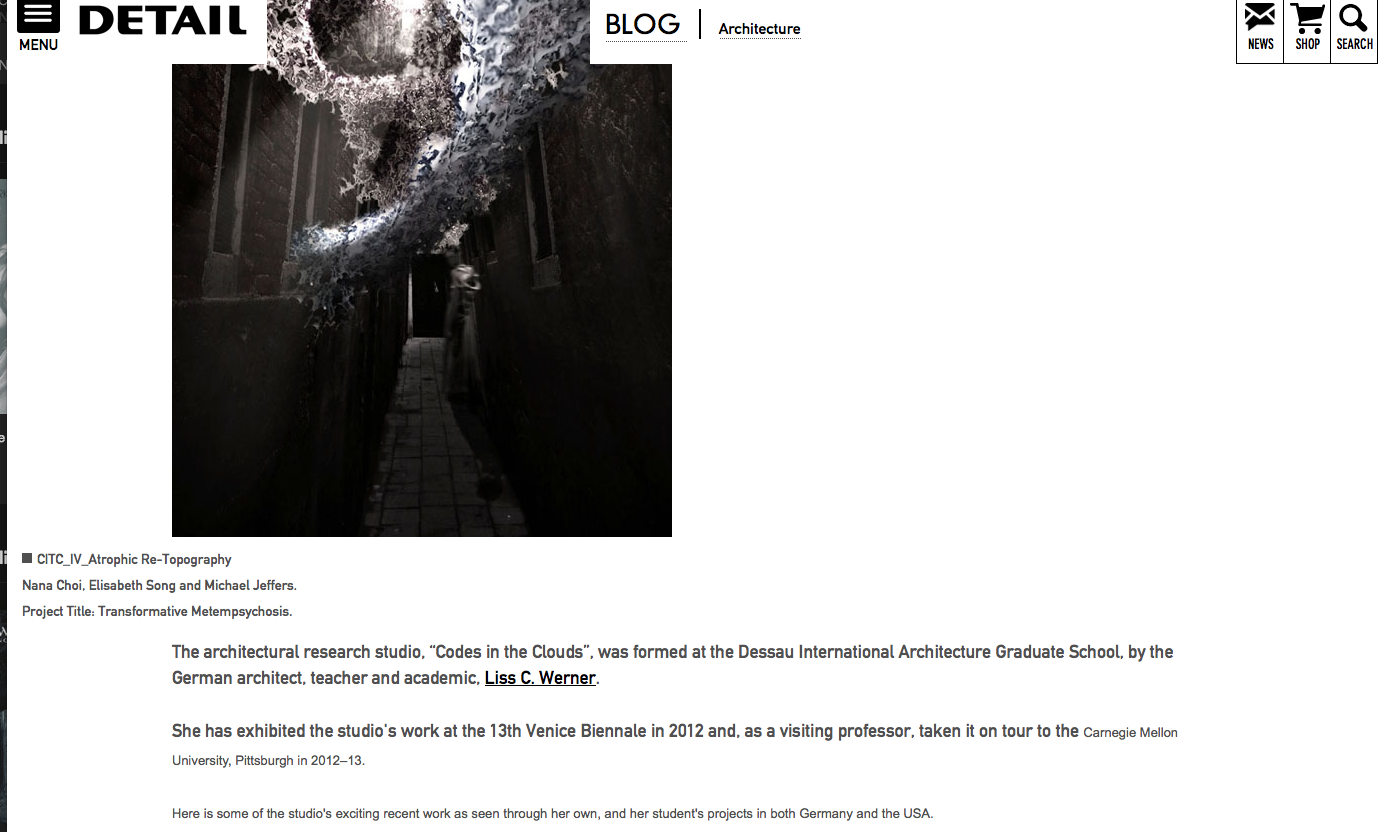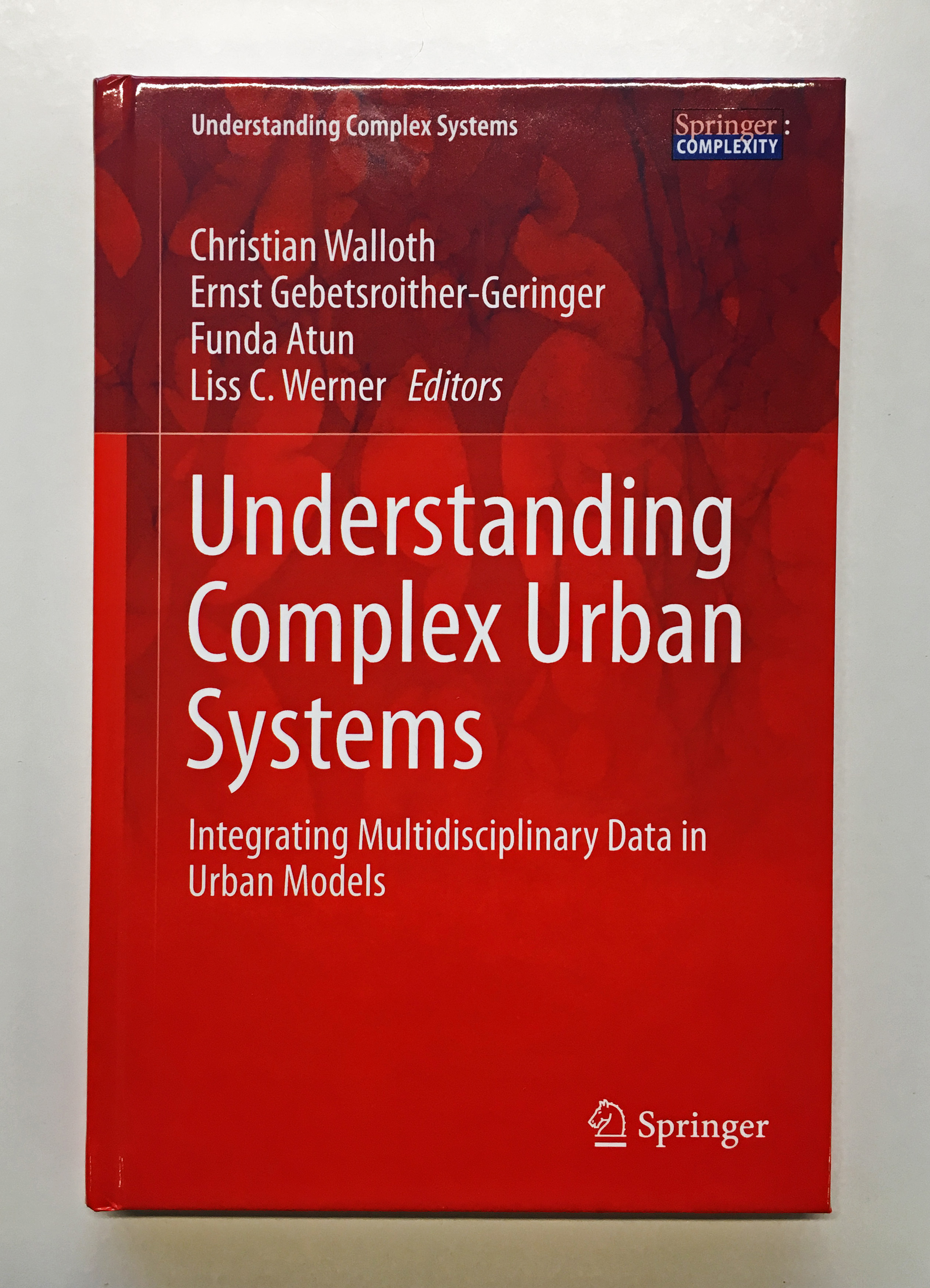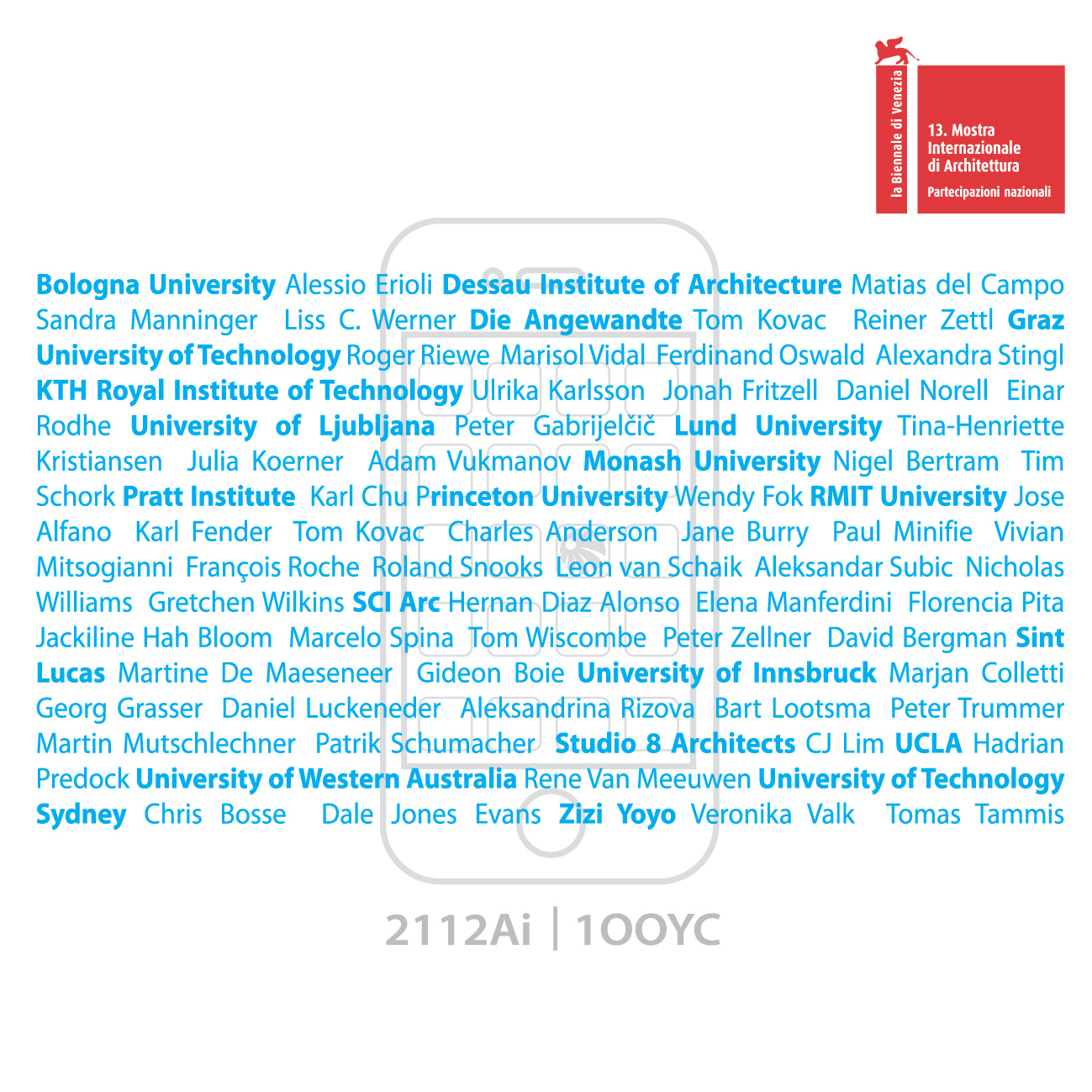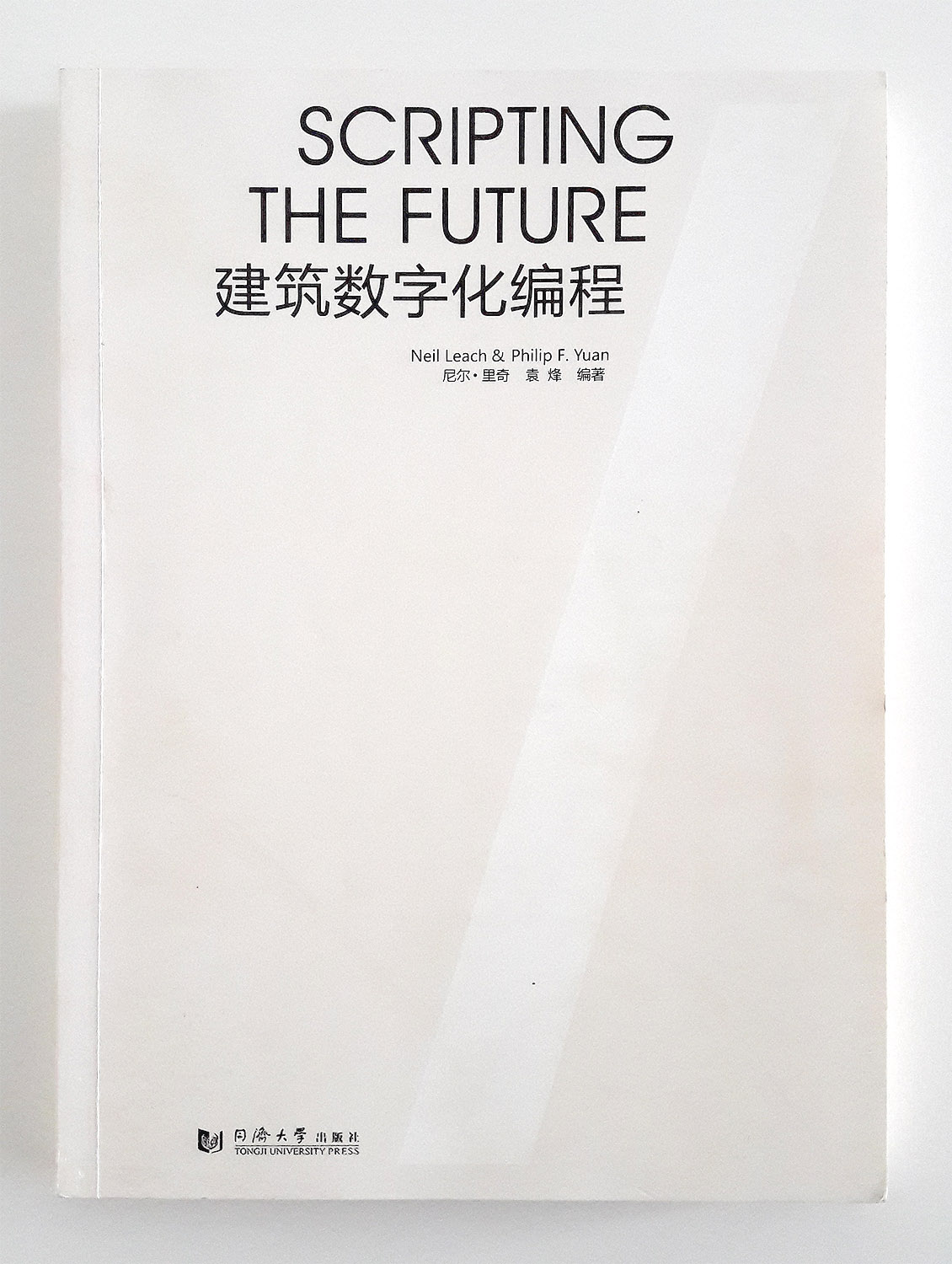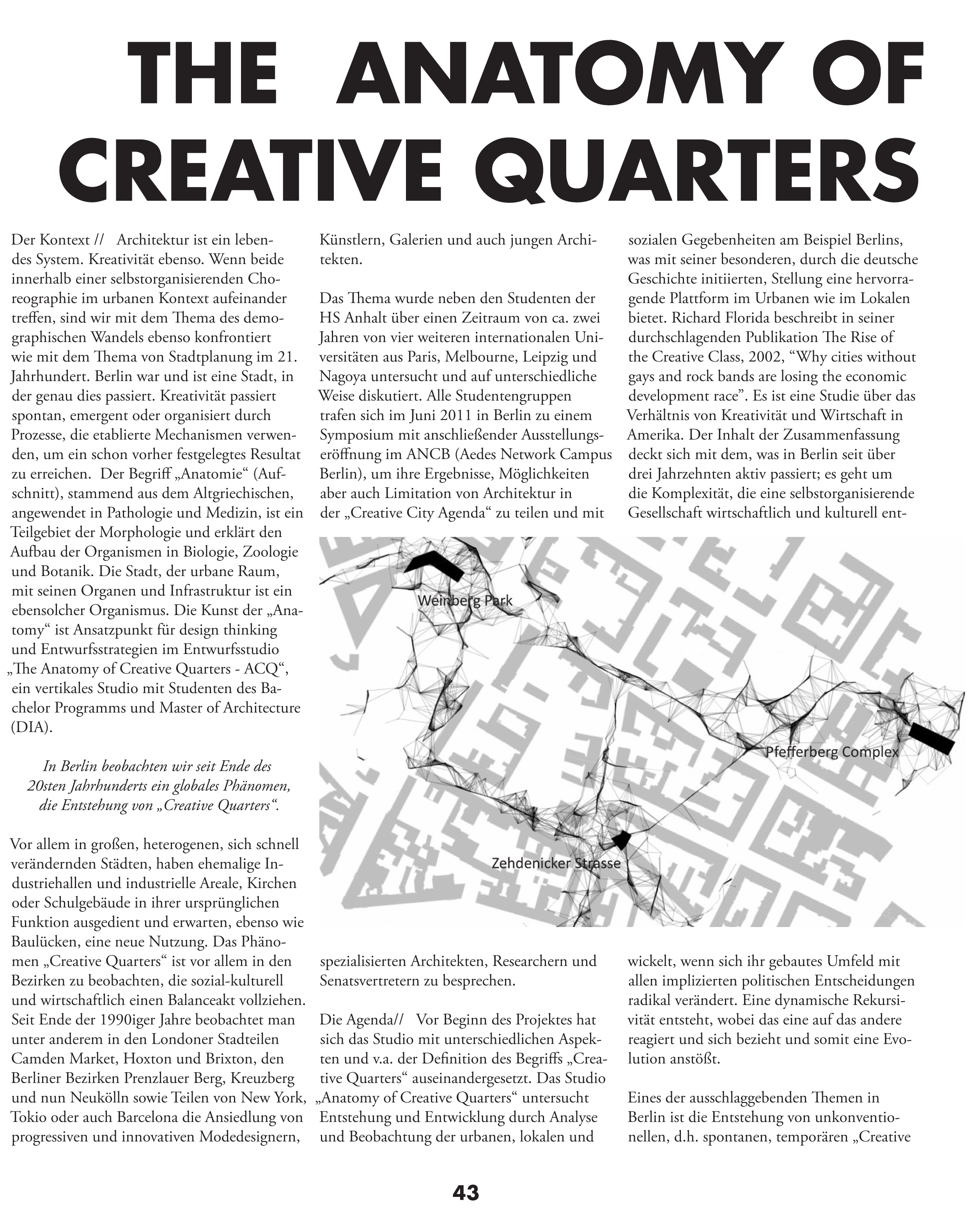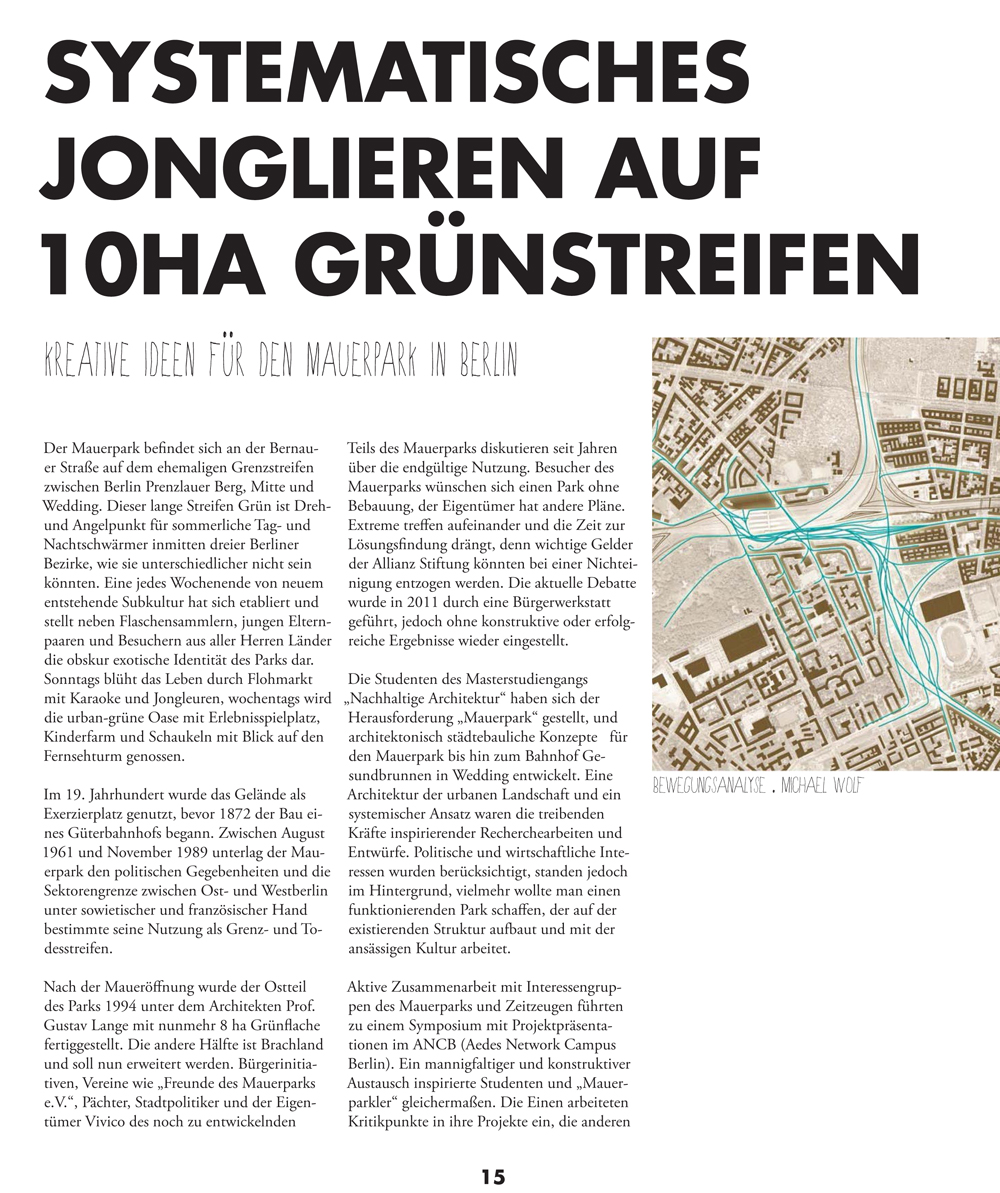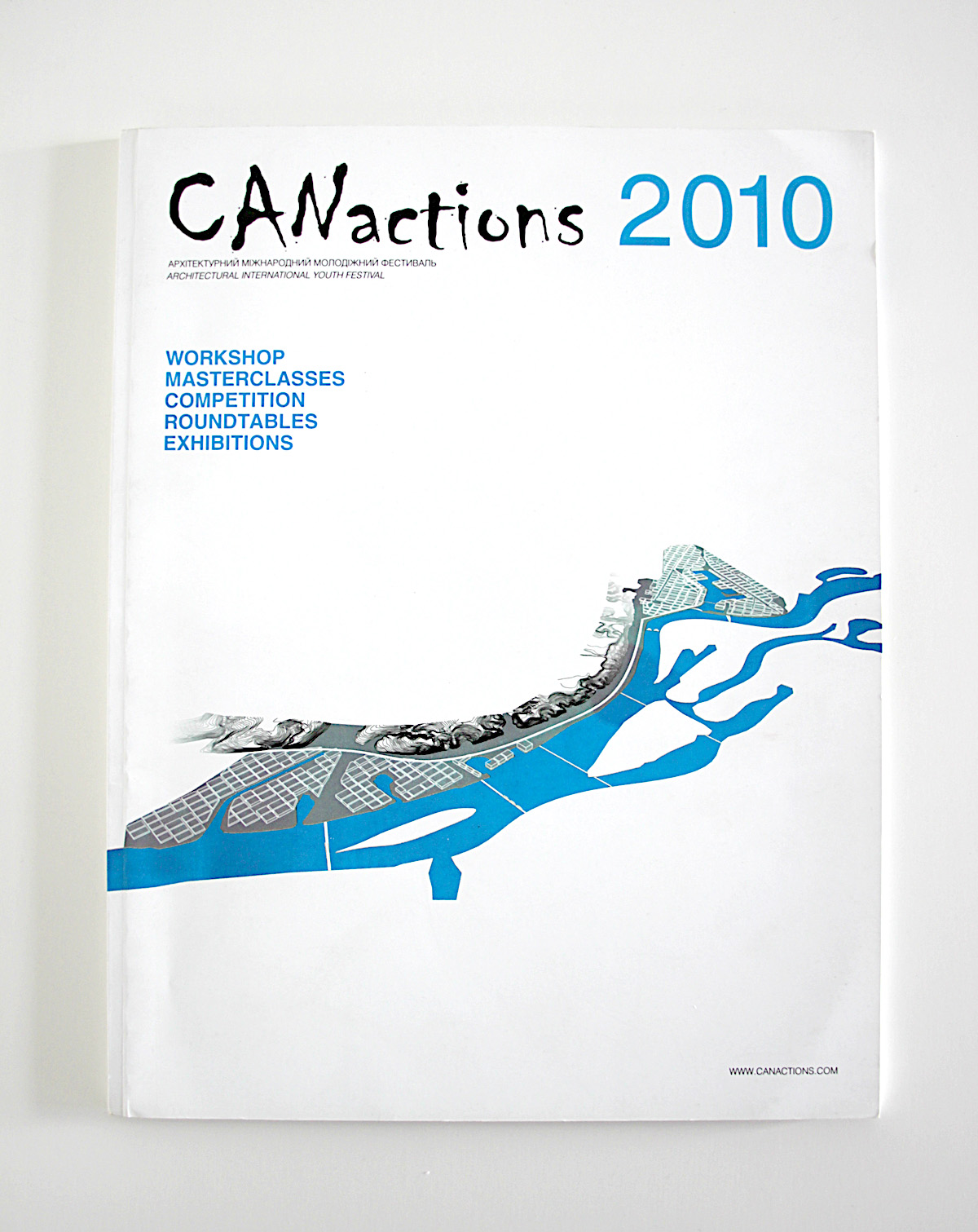published in Computational Design Modeling: Proceedings of the Design Modeling Symposium Berlin 2011
Gengnagel, Kilian, Palz, Scheurer [eds]
Springer, Heidelberg, peer reviewed
ISBN 978-3642234347
DOI: 10.1007/978-3-642-23435-4_8
Abstract
Looking at architecture through the lens of currently emerging, advanced architectural design tools, strategies and techniques in the 21st century are as questionable as looking through the lens of a 2-dimensional Rapidograph drawing. Architecture is neither determined by complex geometries digitally established through scripting, nor by the one dimensional perception through a hard line drawing. The role of architecture is currently being challenged through almost overwhelming advanced digital techniques merged with traditional strategies in order to find its new identity within a post-mechanical towards a biological computing age of construction. We are seemingly fooled by the understanding that we do conquer the boundaries of geometry and form production.
The paper discusses the connection point of advanced digital architecture as tool to complement and bring forward professionally and culturally established parameters, such as material tectonics, perception or architectural pattern. If we can establish an approach to architecture, that includes our current tools, we are able to gain an unexpected understanding of existing architectural knowledge and at the same time open up new opportunities through applying emerging insights from other fields and disciplines to architectural thinking. ‘An architecture machine that could observe existing environments in the real world and design behaviours from the parent would furnish the architect with both unsolicited knowledge and unsolicited problems.’ Complexity in architecture now means a critical reflection of digital architecture within the existing cultural and material context. A key to crossing the boundaries towards contemporary development of a novel architectural understanding may be found in research results of cognitive sciences starting from Herman von Helmholtz.
The paper investigates a systemic approach based on biological computing and cybernetics in order to understand the opportunities of digital parametric design processes and tools. Discussing the implementation of culture, tradition and hard facts of human neural processing of the environment it reflects on the beginnings of evolutionary architecture and also critically observes and challenges the current usage of scripting and generative design towards a holistic approach for current design challenges as design strategy.

